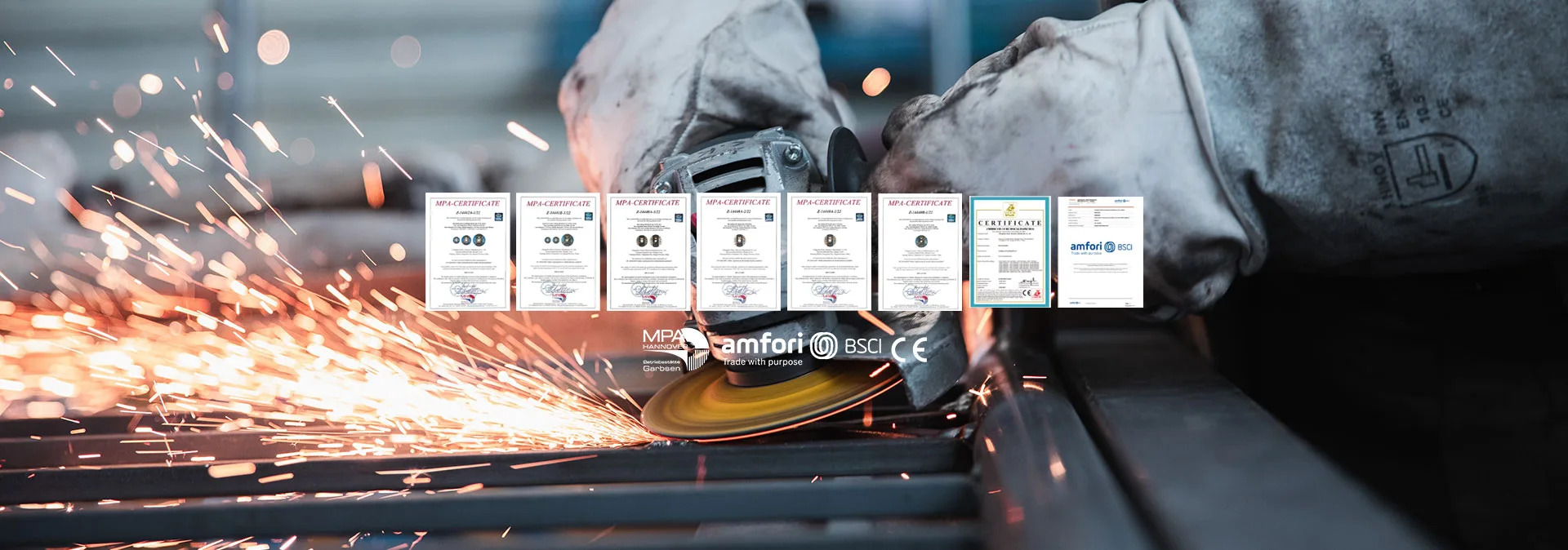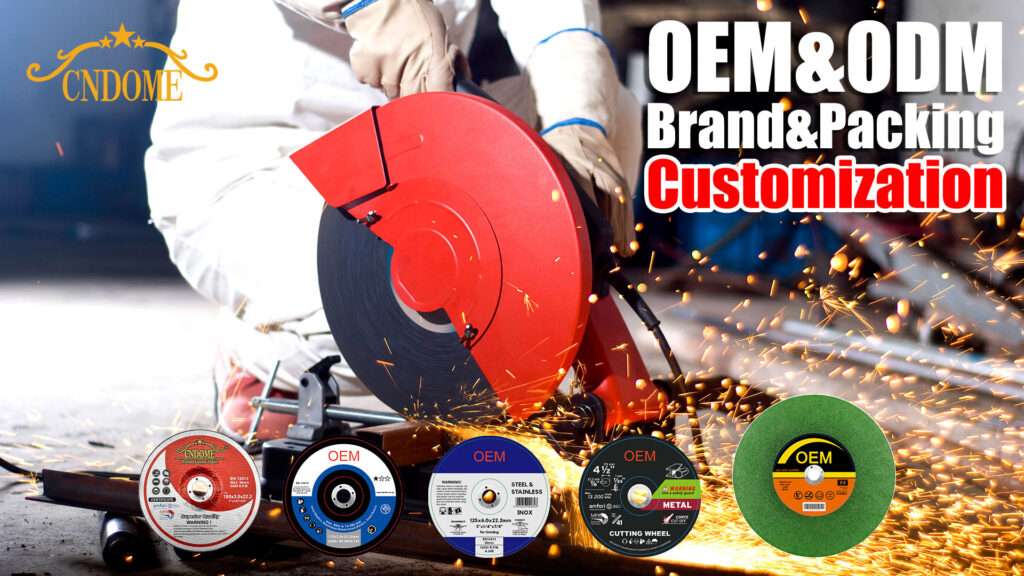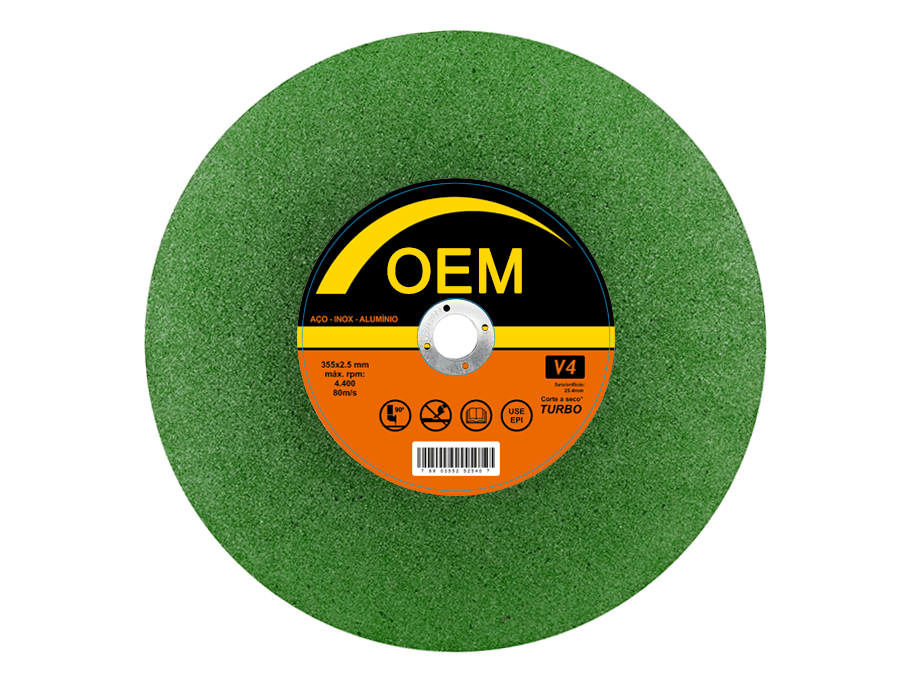Resin cut off wheels are essential tools in various industries, including metalworking, construction, and DIY projects. They are used to cut through different materials, such as metal, stone, ceramics, and more. In this blog post, we will delve into the technical features of resin cut off wheels, exploring their composition, design, and key considerations for choosing the right disc for your specific cutting needs.
1. Composition:
Resin cutting discs are typically made of a combination of abrasive grains and a resin binder. The abrasive grains, such as aluminum oxide, silicon carbide, or diamond particles, provide the cutting power, while the resin binder holds the grains together and adds strength to the disc. The composition of the disc plays a vital role in determining its cutting efficiency, durability, and compatibility with different materials.
2. Disc Design:
a. Diameter and Thickness: Resin cut off wheels come in various diameters and thicknesses. The diameter determines the size of the cut, while the thickness affects the stability and precision of the cut. Choosing the appropriate diameter and thickness depends on the specific application and the power tool being used.
b. Reinforcement: To enhance the structural integrity and safety of the cutting disc, reinforcement layers are often added. These layers, typically made of fiberglass or mesh, provide stability, reduce vibration, and prevent the disc from breaking during operation.
c. Cooling Features: Some cutting discs feature cooling holes or slots designed to dissipate heat generated during cutting. These cooling features help to prevent overheating of the disc and the material being cut, prolonging the disc’s lifespan and ensuring cleaner cuts.
3. Performance Factors:
a. Cutting Speed: The cutting speed of a resin cutting disc is influenced by various factors, including the type and size of the abrasive grains, the disc diameter, and the power of the cutting tool. Higher cutting speeds are generally preferred for efficient and time-saving operations.
b. Cutting Precision: The thickness and design of the cutting disc, along with the type of abrasive grains, influence the precision of the cut. Thinner discs provide finer cuts, but they may be less durable, while thicker discs are more stable but may sacrifice some precision.
c. Durability: The durability of a resin cutting disc depends on the quality of the materials used, the bonding strength between the abrasive grains and the resin binder, and the presence of reinforcement layers. A durable cutting disc will withstand the demands of heavy-duty cutting applications and have a longer lifespan.

4. Safety Considerations:
a. Maximum RPM: Each cutting disc has a recommended maximum revolutions per minute (RPM) specified by the manufacturer. Exceeding this RPM limit can lead to disc failure and pose a safety hazard. Always ensure that the disc is compatible with the RPM of the power tool being used.
b. Application Compatibility: Different cutting discs are designed for specific materials, such as metal, stone, or ceramics. Ensure that you select the appropriate disc that matches the material you intend to cut to achieve optimal results and prevent damage to the disc or the workpiece.
c. Protective Equipment: When using resin cut off wheels, it is essential to wear appropriate personal protective equipment (PPE), including safety goggles, gloves, and a face shield. These precautions help protect against flying debris and potential accidents.

Resin cutting discs are versatile and indispensable tools for cutting various materials. Understanding their technical features, such as composition, design, and performance factors, enables you to make informed choices when selecting the right cutting disc for your specific application. Always prioritize safety and follow the manufacturer’s guidelines to ensure efficient and safe cutting operations.



